Top 10 Most Beautiful Historical Sites in Bermuda
Bermuda is a small island, which means that everything needed for a nation’s infrastructure is packed close together. Everywhere has a story to go with it from ... read more...the centuries of human history the island has experienced, and the millions of years of natural history it endured before. Take a look at the top picks for the most beautiful historical sites in Bermuda.
-
Pilot Darell's House in Bermuda is well-known among sailing enthusiasts and is one of the most beautiful historical sites in Bermuda. Slaves were introduced to the island in the early years of development, and instead of working on plantations like in the United States, they had to learn maritime skills. Pilot James Darrell was a remarkable Bermudan and mariner who worked as a slave for the majority of his life. In 1795, at the age of 47, the Royal Navy flagship HMS Resolution was granted his freedom in appreciation of his competence in guiding the Royal Navy flagship through the Narrows Channel. Pilot Darrell was one of Bermuda's earliest King's Pilots, as well as the island's first known black property owner. Over 100 wrecks have been discovered on the many reefs; therefore, pilots with considerable knowledge of their location were called in.
He steered Rear Admiral George Murray's ship into what is now known as Murray's anchorage when he was 47 years old. The admiral was so taken aback that he wrote to the governor requesting his release. Darrell continued to be a successful pilot thanks to his exceptional abilities, and he was the first black person to buy a home in Bermuda. In the town of St. George, you can see the historic mansion on Aunt Peggy's Lane. His wife and children inherited the house, which was rebuilt and is still owned by his direct descendants. Pilot Darrell was a member of the Island's largest free black group and battled for the rights of both free blacks and slaves in St. George's.
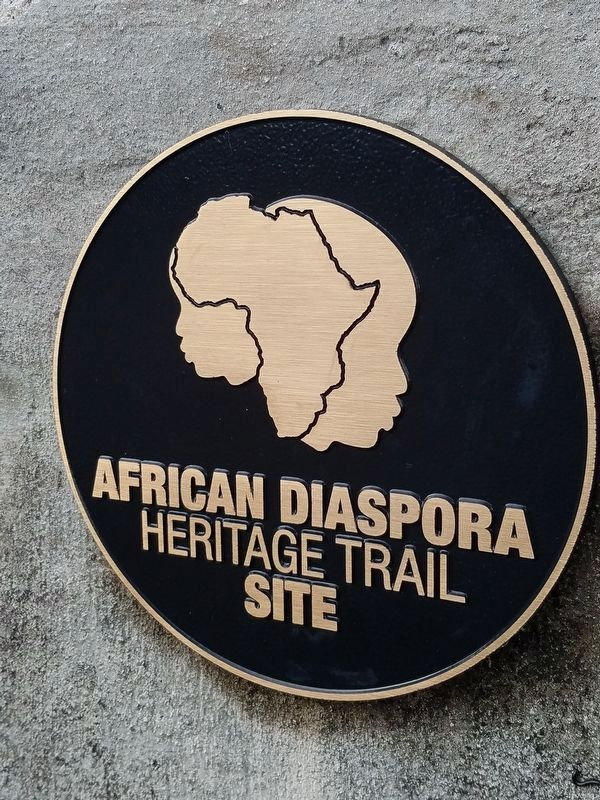
The Historical Marker Database 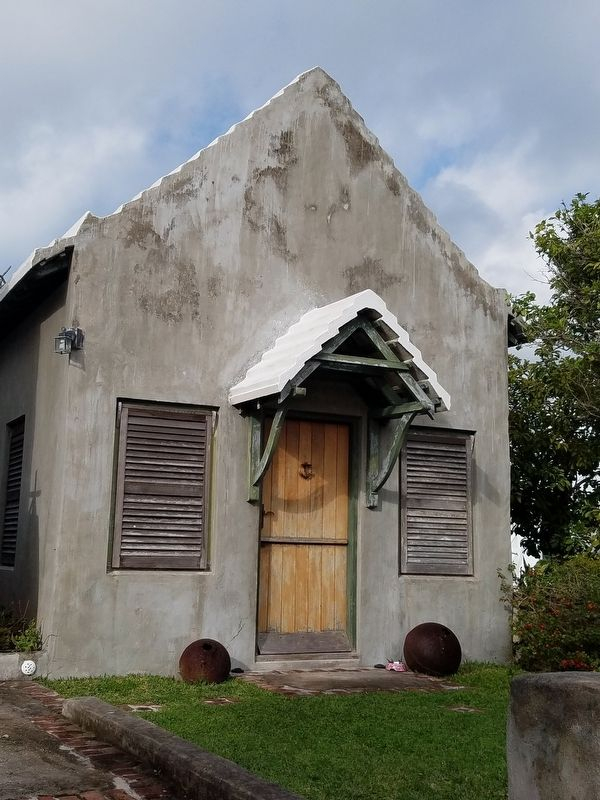
The Historical Marker Database -
The Natural History Museum can be found here, as can the curator's surplus collection of items. The ground floor of the Bermuda Aquarium, Museum, and Zoo campus features three exciting galleries of interactive and audio-visual displays showcasing the impact of human life on a small island environment, as well as a new short film on the diverse life found in the Sargasso Sea, which surrounds Bermuda. The public can visit the museum's display rooms seven days a week.
Here you'll find the natural history library, as well as the curator's extra collection items. Three exciting galleries of interactive and audio-visual displays showcasing the impact of human life on a small island environment, as well as a new short film about the diverse life found in the Sargasso Sea, which surrounds Bermuda, are located on the ground floor of the Bermuda Aquarium, Museum, and Zoo campus. The museum's exhibit rooms are open to the public seven days a week.
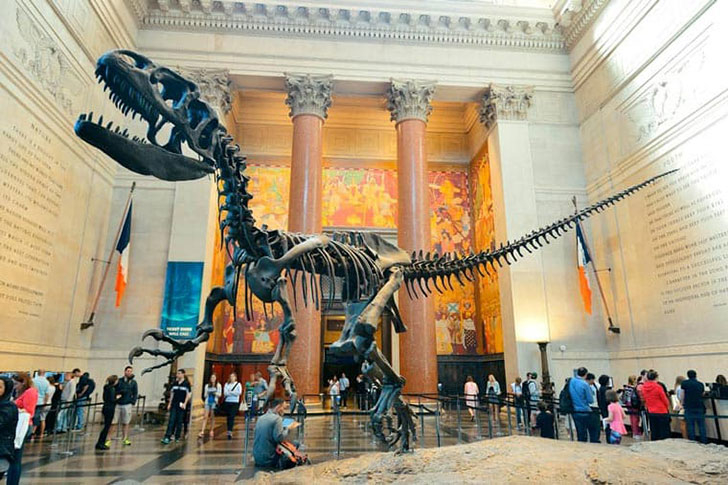
Lonely Planet 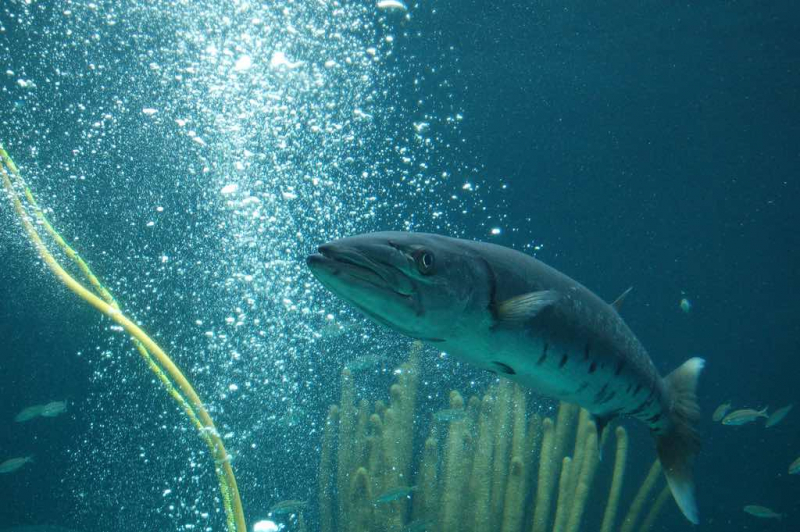
Lonely Planet -
Spittal Pond is Bermuda's largest nature reserve and is one of the most beautiful historical sites in Bermuda, covering 64 acres. It's a historical display in and of itself of how so much land came to be protected. Strips of property that were long and thin, with boat access on both the North and South shores, were the most attractive when people first began to legitimately own land in Bermuda. This was done to make it easier for boat owners to go about their business by allowing them to moor their boats on either side of the island. The first of the 10 strips of land that would eventually make up the entire reserve was purchased in 1946. Because it was swampy and contained the island's only salt marsh, it was unsuitable for development. Even back then, the significance of such an event could not be overstated.
The park was originally supposed to be closed to the public to create a quiet reserve for birds, but eventually, the need for national parks superseded this desire, and the current trail was constructed in order to give visitors a view of the pond but to keep them out of essential bird habitat. The pond and reserve support various native Bermuda birds, 20 species regularly winter here, and over 200 species have been recorded by birdwatchers. Aside from natural history, the reserve also contains Jeffrey’s Cave, an important African Diaspora Heritage site where a slave concealed himself, and Portuguese rock, an engraving on the rock face from settlers from the 1500s. “The checkerboard” is an impressive geological formation resulting from the movement of plate tectonics millions of years ago.
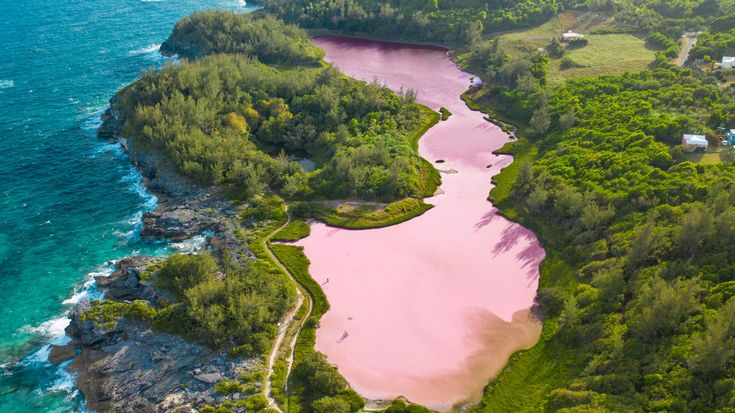
Pinterest 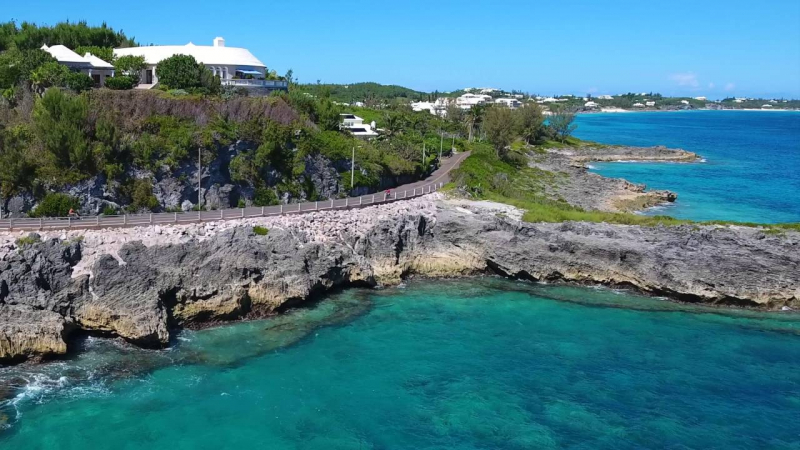
Youtube -
St. Peter's Church is a must-see for any Christian or anyone interested in the religion of a small island like Bermuda. It is thought to be the western hemisphere's oldest continuously used Anglican church. The current structure was Bermuda's first church, but it replaced a more ramshackle place of worship made of palmetto leaves and lumber that was destroyed in a hurricane.
Richard Moore, the island's first governor, directed the church's construction in 1615, and the original wooden altar is still in use. The church is composed of cedar on the inside, with an exposed roof and candle chandeliers. On the west side of the church, there are the ruins of a separate chamber that allowed African people to attend segregated services. There is also a graveyard on the church grounds, with some tombstones dating back more than three centuries. This cemetery was also divided, with a section for white slaves and another for African slaves. Later, a section for Christian blacks was established.
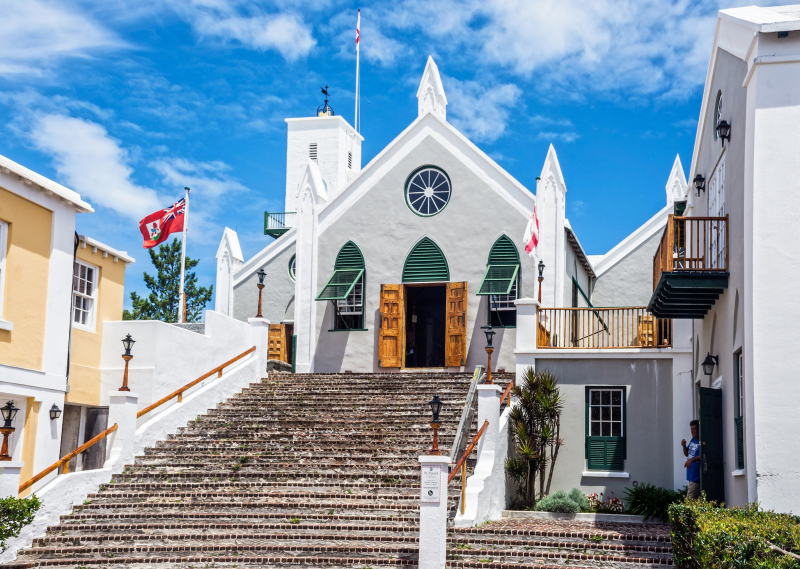
Wikicommons 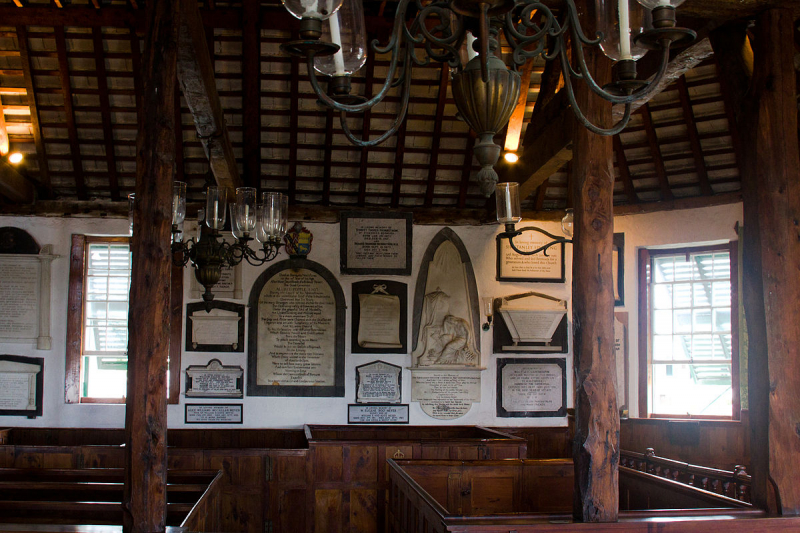
AFAR Magazine -
Built in 1620, the old State House, also known as the old Session House, is the oldest structure and is one of the most beautiful historical sites in Bermuda. It was also the first structure in Bermuda to be constructed entirely of limestone. The St. George building was previously the Parliament House, where cabinet sessions were held on a regular basis until 1815. Bermuda's capital was moved to Hamilton the next year. To bind the limestone stones of the construction, turtle oil and lime were employed as mortars. In 1620, Governor Nathaniel Butler assumed that Bermuda had the same latitude as Italy and that the island's temperature would be similar to that of Italy, so the structure should be of Italian architecture. His plan was to start a Bermudian housing and building style trend.
As a result, the parliament house was constructed with a flat roof. Fortifications were the primary reason for the use of stones. However, the weather in Bermuda and Italy is radically different. Bermuda has a lot more rain than the rest of the world. As a result of water clogging the flat surface, which regularly resulted in water seepage through the porous limestone blocks, the flat roof began to become a major issue. For obvious reasons, subsequent Bermudian structures did not follow this flat roof architecture. The gabled limestone roofs, which diverted rainwater to the gutter and down into the water tanks, were popular. Because fresh water is scarce in Bermuda, most Bermudian families rely on this method to store water.
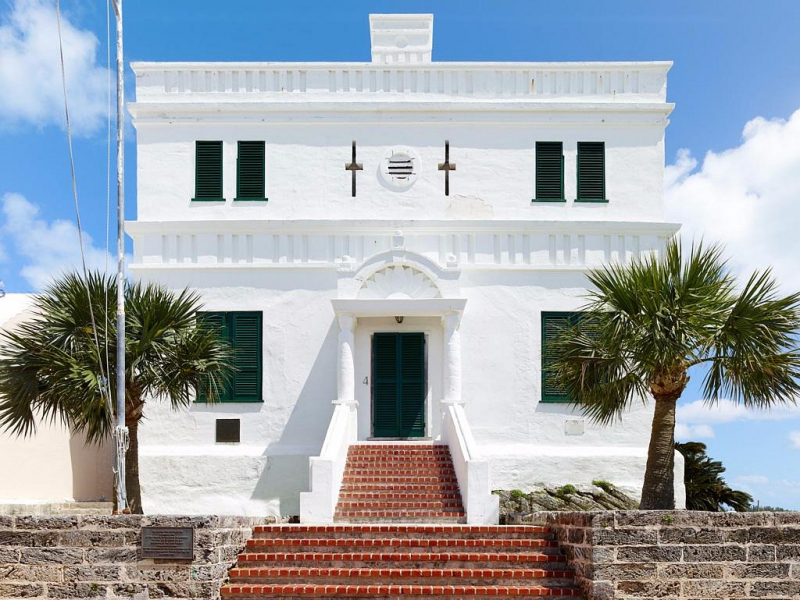
Bermuda 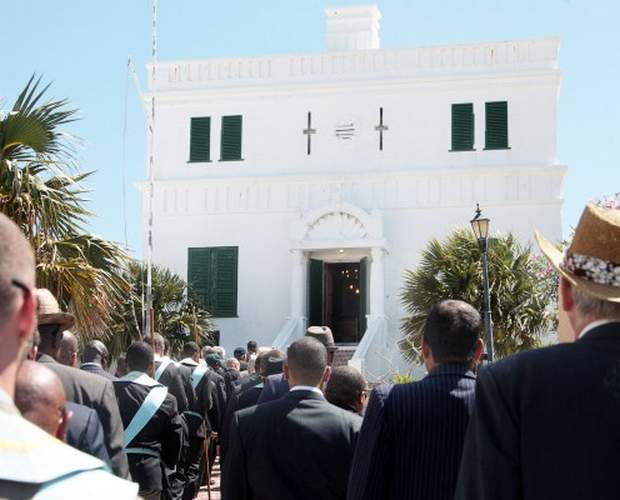
Freemansions for Dummies -
Mitchell House, which was originally built by Walter Mitchell, was most notably owned by a prosperous black Bermudian couple. The couple had their own slaves and maintained a successful restaurant in the town of St. George's called The Gun Tavern. From its construction until the nineteenth century, the home changed hands several times, and different improvements were built. It has served as a house for families and widows, as well as a private teaching company, a hotel, and a pub.
With numerous cooking equipment from an 18th-century home, the kitchen is immaculately preserved. A letter from George Washington, a 300-year-old bible, and blades for whale flensing are among the notable items in the residence. The present is a well in the garden that has been there at least since the 1820s and was most likely the town's well in the 17th and 18th centuries. Mitchell House, which is now a museum and features an artist's studio as well as an antique printing press that was used to publish the island's first newspaper, is owned and operated by the St. George's Historical Society.
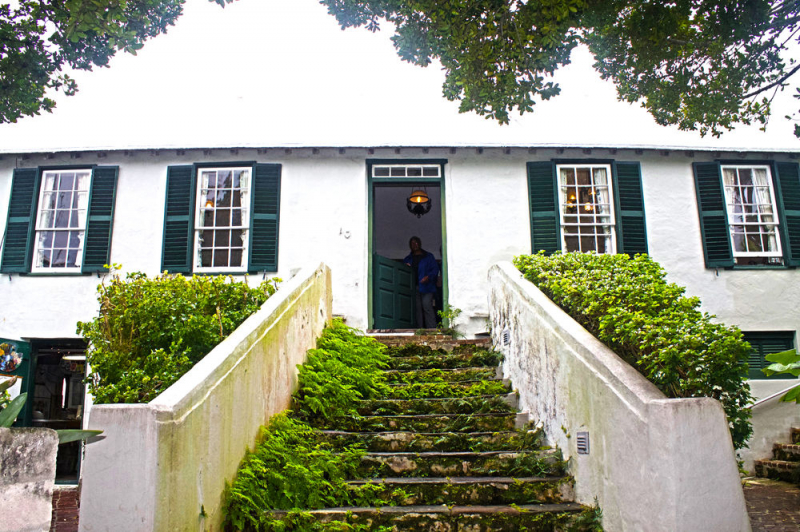
Facebook 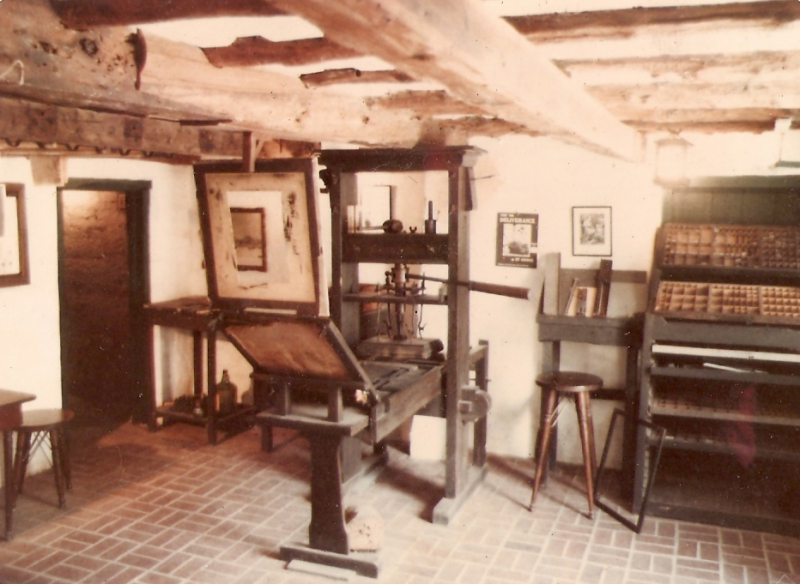
Wikipedia -
Bermudian Heritage Museum, which used to be known as the Samaritan Lodge, is located at the eastern end of Water Street and is one of the most beautiful historical sites in Bermuda. Many antiques, photographs, uniforms, and displays can be found at the museum, preserving the history of black slavery, as well as the social and historical heritages Sports and social history are among his accomplishments. The museum's collection includes exhibitions on the Friendly Societies that aided African-Americans after their liberation emancipation, black nurses, the Cup Match, and other topics discussed. Many sports and music personalities have also been acknowledged here.
An artifact from the American slave ship The Enterprise, which was blown off course and landed in Bermuda in 1835, is on display. On board were 78 African slaves. Bermuda had already abolished slavery by that time. Customs and a few friendly societies refused to allow the ship to dock. Return until the slaves were given the option of freedom. With the exception of one mom and her five children who made the decision to live in freedom.
Thousands of people are homeless today, Bermuda's blacks can trace their ancestors back to the slaves who have liberated that point in time. You'll also be familiar with the stories of Mary Prince and Sally Bassett, descendants of Native American slaves. Mary Prince kept a diary about her horrible life as a slave, which she eventually published as a book. Sally was burned to death after being suspected of poisoning a slave-owning couple.
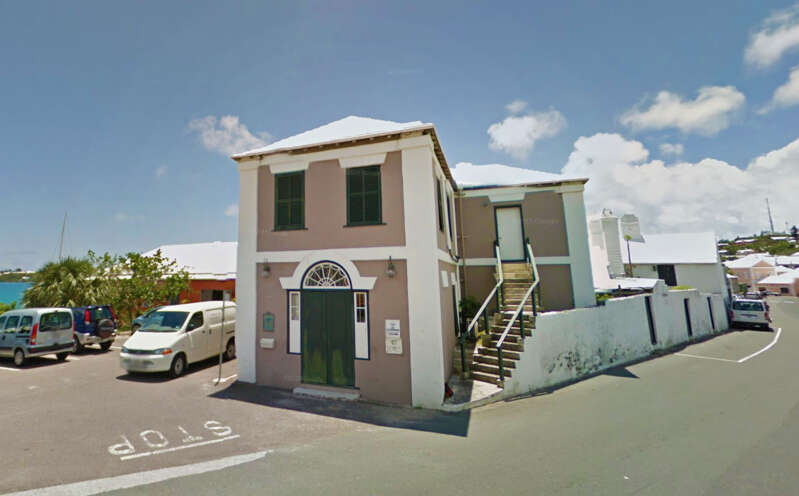
Bernews 
Bernews -
Carter House is thought to be one of the oldest Bermuda vernacular farmhouses in St David's, if not all of Bermuda, having survived for nearly three centuries in its original structure and shape. The house is now a museum dedicated to preserving the St. David's Islanders' unique culture and history. Whaling, piloting, fishing, boat construction, farming, and sailing are all represented at the museum by St. David's Islanders, their residences, and occupations. The house and the stories it holds beautifully portray the early life at St David's, which was impoverished but pleasant and wholesome.
Southside House was renamed Carter House after it was discovered that Martha Hayward, Christopher Carter's great-granddaughter, lived there until she died in 1791 at the age of 114! After surviving the Sea Venture wreck in 1609, Christopher Carter stayed on the island while the others traveled to Jamestown until his death in 1624, when he and his wife were killed by a gunpowder explosion on board the Sea Flower in Castle Harbour. The ship quickly sank. This shipwreck was never discovered. Carter House, ironically, stands exactly across from the accident scene, as if it were a memorial to the first Bermudian.
Discover how they were rediscovered in the 1950s and successfully repopulated on Nonsuch. Carter House was built on a well-chosen site, nestled into a hill facing southeast with a commanding view of the most accessible waterfront in the 1600s, complete with remarkable surviving early stone defenses dating from 1612. From the Carter House steps, you may still see this view, which remains mainly undisturbed.
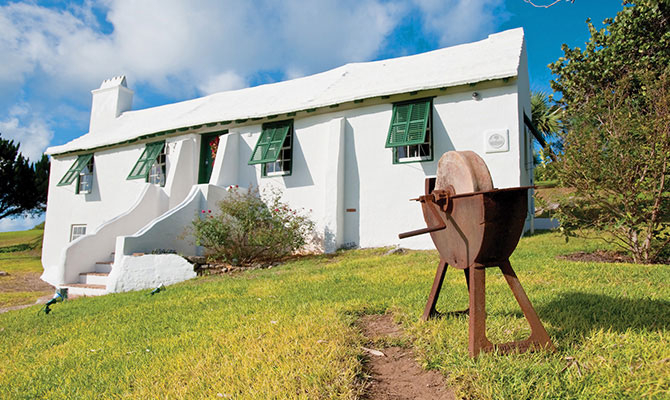
Bermuda Yellow Page 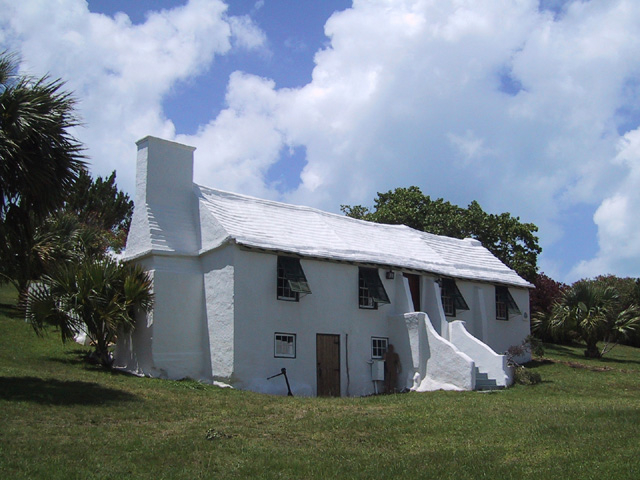
caterhousebermuda.com -
Camden House is the official residence of Bermuda's Premier and is located within the Botanical Gardens of Bermuda, which feature expansive lawns and flower gardens. The Premier does not dwell here and instead resides in another government-owned property. The Camden House, which was constructed in the early 1700s in the traditional Georgian style, is mostly utilized for public gatherings and VIPs. The Carol Service in December is one of the most popular annual events held on Camden House's lawn. Local singers and bands perform during the carol, which is also attended by Bermuda's prime and governor.
Former British Prime Minister Margaret Thatcher, Princess Margaret, and former US Secretary of State General Colin Powell are among the notable guests who have visited and dined at the residence. The two upper levels of the house offer open balconies with stunning views of the south beach. As you ascend the cedar staircase to the second level, you will see portraits of former Bermuda Premiers.
Francis Jones, the son of Colonel Thomas Jones of Paget Parish, purchased Camden House in 1714. He stayed here until 1796 when he passed away from Yellow Fever. In 1823, the mansion was purchased by Henry James Tucker, who served as Mayor of Hamilton City from 1851 until 1870. He also built an arrowroot factory beside the home, which is today used by the Masterworks Foundation art gallery. Camden House, with its historic exhibits and valuables, became a government property open to the public in 1966.
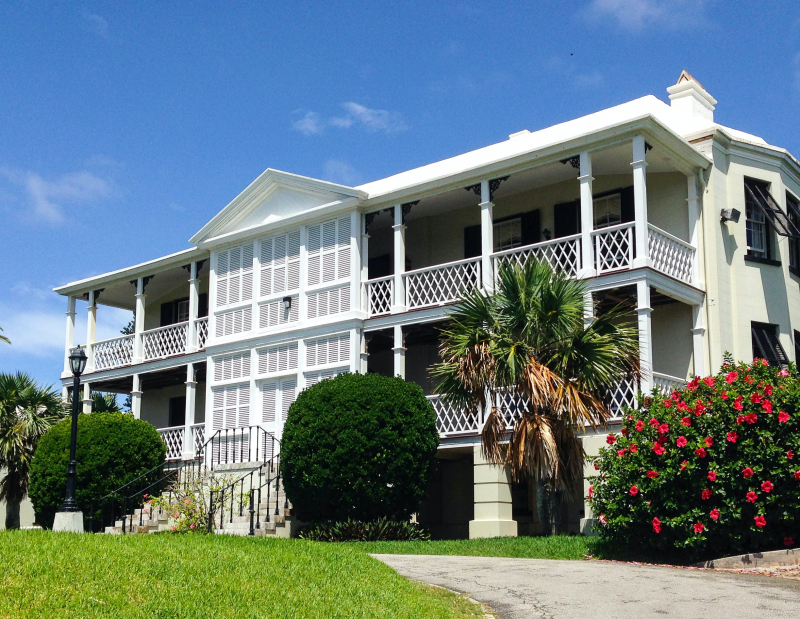
Lonely Planet 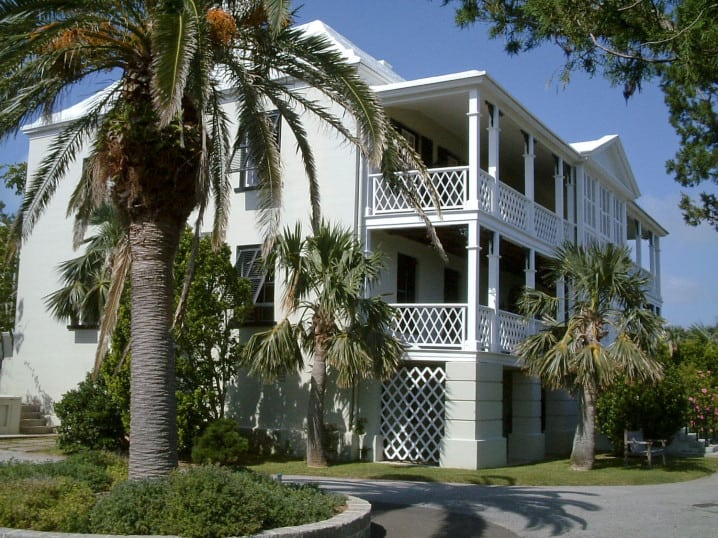
Bermuda Tourism -
If you enjoy history and transportation, the Bermuda Transport Museum's new home at the Royal Naval Dockyard is a must-see. There is a large collection of vintage forms of transportation that Bermudian have used over the years. The iconic mobylette takes center stage, and the museum houses over 100 motorcycles and 15 historic cars. It also features a cedar-wood horse carriage.
There are also some fascinating marine transportation systems on display, such as boat engines, as well as references to America's Cup. This historic collection of iconic motorbikes, boats, carriages, and cars from Bermuda's past will transport you. Beautifully restored Mobylette, Triumph, Cyrus, Morris, VWs, and even an America's Cup foiling wing raced by Oracle Team USA are on display.
Paul Martins, the owner, has spent the last 28 years building his collection and is excited to share it with the public. When you walk through the doors of the Bermuda Transport Museum, you will not be disappointed. The museum, which is located in Dockyard, is housed in a high-ceilinged historic structure that is flooded with light and large enough to hold all of the large old objects on show.
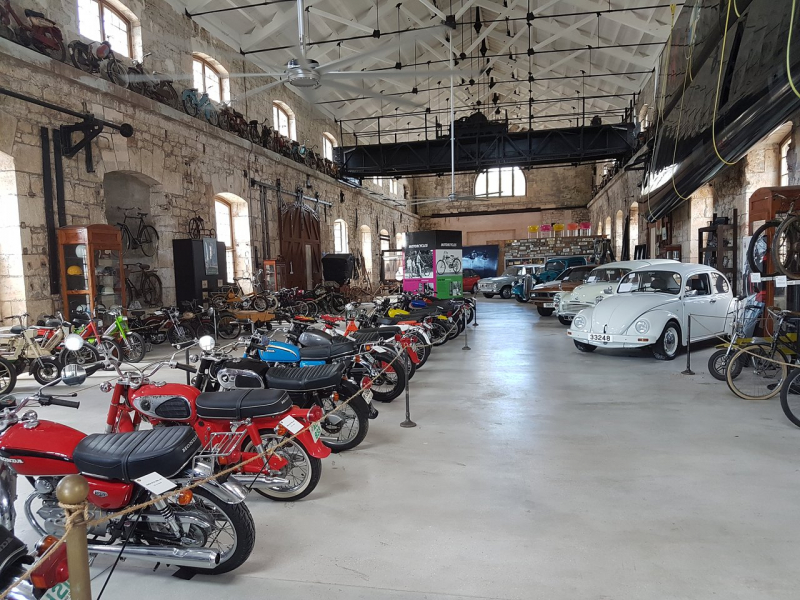
Tripadvisor 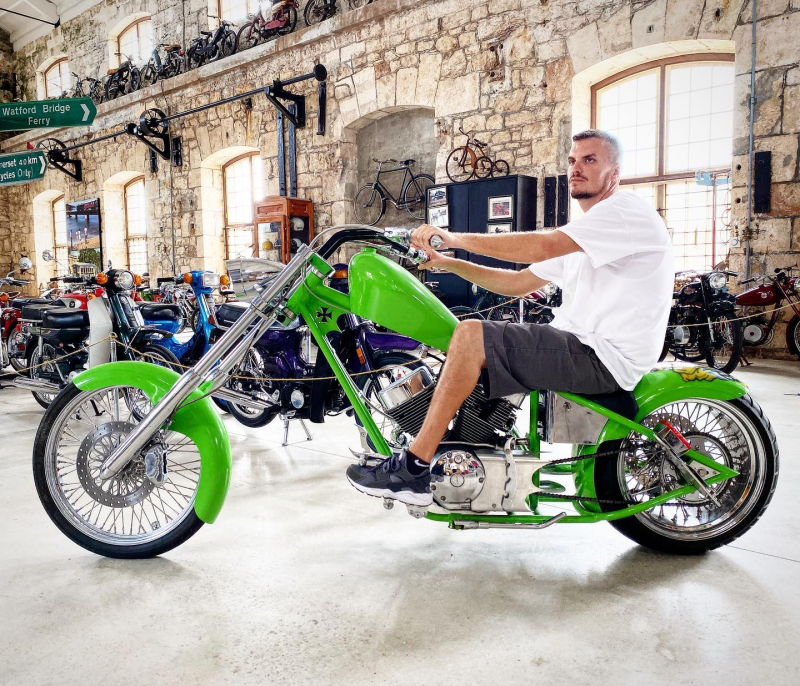
Facebook































